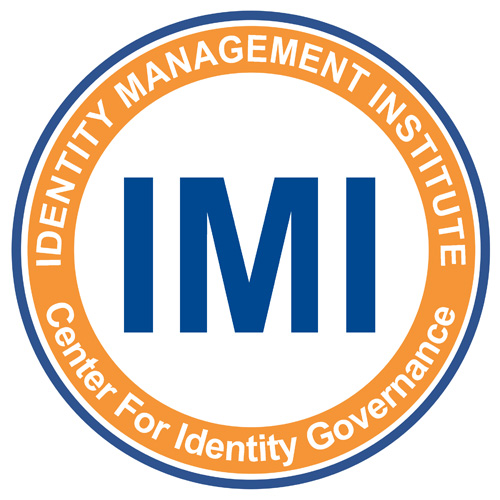2012 Identity Theft
The 2012 identity theft numbers are out and can teach us a lot about the threats and fraud exposure areas so that as individuals and identity protection advisors, we can take the necessary steps to prevent and minimize consequences of identity theft.
It appears from the Javelin Strategy & Research’s 2012 Identity Theft Report that 12.6 million people became victims of identity theft which is about one million more victims than in 2011 and roughly one victim for every three seconds in 2012. More importantly, 25% of victims had received data breach notification from the companies they do business with which is an important indication of how known information such as data breach can be leveraged to prevent identity fraud. Stolen social security numbers caused the more damage as they are the main identity components used to open new accounts. The total cost of identity fraud in 2012 was $21 billion.
Credit card fraud still accounts for the majority of identity fraud cases although new account fraud is on the rise. Over 65% of all identity fraud cases are credit card related and often are easier to resolve and offer the least damage to identity theft victims as consumers are protected by laws and their liabilities are limited to just $50 which is often waived by the banks as a part of their customer service and satisfaction programs. Existing account fraud such as checking and savings account fraud is harder and takes longer to resolve, and cause the most damage as money is directly taken out of the bank accounts. The average credit card fraud case takes about 11 hours to resolve and existing account fraud takes about 37 hours to be resolved. Credit card fraud causes the most financial impact to banks and it is in the financial institutions’ best interest to detect identity theft trends as early possible in order to prevent identity theft and minimize identity fraud costs. Adequate Identity theft prevention program, automated monitoring tools, and targeted training are important factors for reducing identity fraud costs and improving regulatory compliance.
We have discussed before about the impact of a downward economy to identity fraud especially people with less financial power. The report confirms that fraud victims living below the poverty line are more likely to personally know the fraudster than individuals living above the poverty line. This is mainly due to financial necessities which forces people into committing fraud by preying on easy targets who happen to be their closest friends and family members. Often, people we know and trust have easy access to our personal information.
There are two important take away points from these reported 2012 identity theft numbers. First, social security numbers are increasingly used to open new accounts which can go undetected for longer periods of time than existing account fraud, and, consumers must pay attention to data breach notification letters they receive from businesses because not only they can take measures to monitor and prevent fraud but also consumers can take advantage of free monitoring services that companies offer to their customers after they realize their customer personal information has been stolen. Businesses must also be aware of this important 2012 identity theft trend to be more diligent for validating their customer identities when processing new account applications.
Identity theft schemes are planned and executed using pieces of personal information which are gathered over a period of time and not all at once. As consumers and business protect their personal information, data breach notifications must be quick and properly leveraged to minimize identity fraud cases and costs. The consequences of identity theft not only affect the victims and the banks who must cover the majority of identity fraud costs, small retailers and online businesses also suffer as consumers lose faith in the security of their personal information and integrity of transactions.






